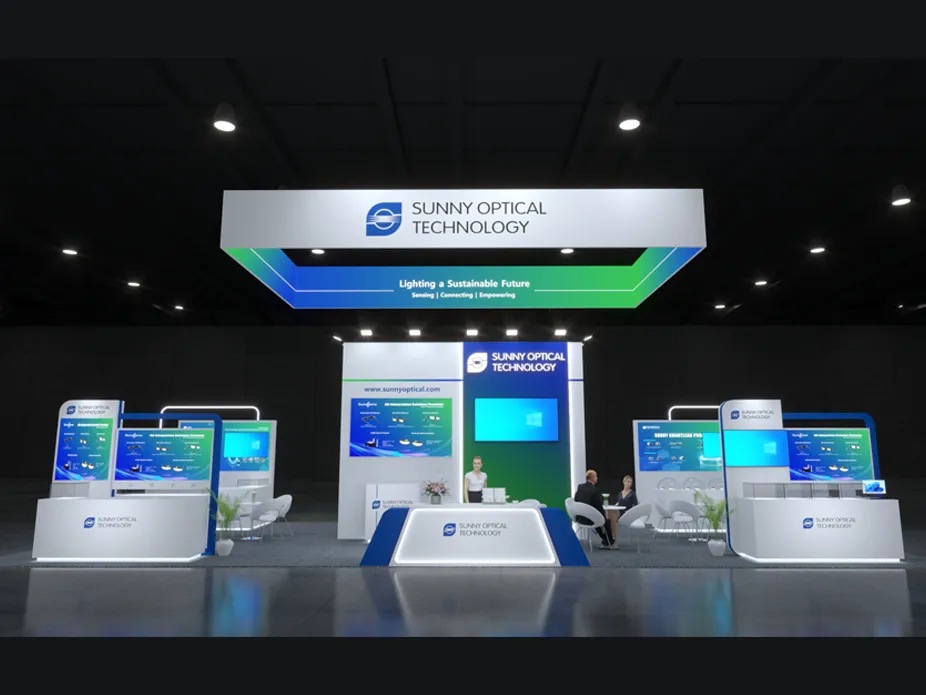The current L2 autonomous driving perception system is mainly composed of on-board sensors such as ultrasonic radar, millimeter-wave radar, and cameras. Tesla is equipped with a total of 8 cameras around the body, with a field of view of 360 degrees, and the monitoring distance of the surrounding environment can reach up to 250 meters.
Complementing the complete vision system are 12 new ultrasonic sensors that can detect soft or hard objects at nearly twice the range and accuracy of previous-generation systems. The enhanced front-mounted radar can detect through rain, fog, dust, and even the space below the vehicle in front by emitting radar waves of redundant wavelengths, providing more abundant data for the vision system.
LiDAR is considered to be an essential sensor for L3 and above autonomous driving. Lidar has the characteristics of long distance measurement, excellent angular resolution, and little influence by ambient light, and can directly obtain the distance and orientation information of objects without the need for deep learning algorithms. Compared with other sensors, these advantages can significantly improve the reliability of the autonomous driving system, so they are considered by most OEMs and Tier 1 as a must for L3 and above autonomous driving (the responsible party is the automotive system when the function is turned on). sensor.
The L3-level assisted driving mass production vehicle project is currently under rapid development worldwide.
As the cost continues to drop and the vehicle-level requirements are met, automotive LiDAR technology is expected to achieve rapid growth. Considering the development progress of the global advanced assisted driving project, the sales of lidar in the ADAS field in 2020 and 2021 are still mainly contributed by SCALA.
As the cost of automotive LiDAR drops to hundreds of dollars and meets the requirements of vehicle regulations, more and more advanced assisted driving mass production projects will achieve SOP in the future; according to Yole's research report, by 2025, the global passenger car market The penetration rate of L3 autonomous driving will reach about 6%, that is, 6 million new cars will be equipped with lidar every year.
The market size of LiDAR in the field of advanced assisted driving will maintain rapid growth in the next five years. According to Sullivan's forecast, the lidar market size is expected to reach US$4.61 billion in 2025, with a compound growth rate of 83.7% from 2019 to 2025.
Ningbo Sunny Automotive Optech Co., Ltd. is affiliated to Sunny Optical Technology (Group) Co., Ltd., with 30 years of optical experience, and is committed to becoming a leading optical solution provider in the LiDAR field, empowering LiDAR customers. Welcome to consult.

【Exhibition Invitation】Visit us at CES 2026!
2025-12-10

Sunny Optical Gets Group LiDAR Standard Approved, Using Innovative Optical Solutions to Unlock Key Step in Mass Production
2025-11-25
![[Exhibition Invitation] Sunny Automotive Optech Invites You to the 26th China International Optoelectronic Exposition (CIOE 2025) [Exhibition Invitation] Sunny Automotive Optech Invites You to the 26th China International Optoelectronic Exposition (CIOE 2025)](/uploads/image/20250908/首图7.webp)
[Exhibition Invitation] Sunny Automotive Optech Invites You to the 26th China International Optoelectronic Exposition (CIOE 2025)
2025-09-08

Inquiry
Excellent Customer Service Ability
Key customer manager mechanism
Oversea supporting points
Excellent Process Control Ability
Fully automated production
DMC traceability management
VDA6.3 / IATF16949 verifications
Excellent R&D Ability
Advanced technology new product development cooperation
Cost-effective optical solution proposal based on customer needs
Ecosystem resource integration